Transcript
Disclaimer
I am using an automatic transcript service as it is not possible for me to do it on my own and I cannot afford human transcription at the moment. The service claims to have about 95% accuracy, which means there will still be some mistakes, so my apologies for having a less than perfect transcript, but I hope I can afford human transcription soon and I will solve this problem. However, the service is pretty good, and the transcript is almost perfect.
Transcript
Welcome to a new episode from English plus podcast. Today, we’re going to talk about myths and legends and we’ve chosen for today, Australian mythology. So it is something that not a lot of people know about. And we would like to share that with you today. So without further ado, let’s talk about Australian mythology in a new myths and legends episode from English BAS podcast.
[00:00:30] Australia, a vast land dominated by desert and semi-desert landscapes was first inhabited by the Aborigines. The mythology of Australia comes from these people and has been influenced by their close relationship with the natural environment. Most of the myths deal with the features of the landscape, how they were created and their importance to the Aborigines.
[00:00:55] In Australian mythology, there are no standard visions of individual myths. Instead, a tale about a particular character varies from region to region. The reason for these variations in the mythology lies in the lifestyle of the Aborigines. The first humans to inhabit Australia, the Aborigines may have arrived more than 50,000 years ago.
[00:01:19] They probably came from the islands North of the Australian continent. Now known as Indonesia or from islands in the Pacific ocean. Some scholars believe that the earliest inhabitants traveled over land across a land bridge that once connected Australia and South Eastern Asia. Later people arrived by raft or boat after the ocean Rose covering the land route.
[00:01:42] The early inhabitants were semi nomads who survived by hunting wild animals, fishing and gathering fruits and plants. Each group had a home territory where their ancestors had originally settled. However, most groups moved with the seasons as they ran out of food and fresh water. This semi-nomadic lifestyle exposed some Aborigines to new regions and brought various groups into contact with one another.
[00:02:11] For thousands of years, the Aboriginal way of life was hardly touched by outside influences. Then in the late 17 hundreds and early 18 hundreds, European colonists began to arrive in Australia. Today, the Aborigines make up little more than 2% of Australia’s population. And few of them maintain their traditional way of life.
[00:02:35] Aware of that. The breakdown of their semi-nomadic lifestyle and oral traditions could lead to a loss of their heritage. Some Aborigines are making an effort to collect and record their myths and legends for future generations. By participating in certain rituals, individuals are able to reenact the journeys of their ancestors.
[00:02:57] The ritual reenactment of a myth is as important as the story itself, the rituals involve singing, dancing, and painting, which according to the Aborigines nurtures the land, the people and the ancestral beings. The individuals who perform the ritual call upon the ancestral beings and later sing a song to return them to their place of emergence.
[00:03:22] Aboriginal rituals also include the creation of mythological designs, such as the body paintings, ground paintings, rock paintings, and engravings found throughout Australia. The Aborigines, decorate, sacred objects and weapons to represent certain myths. They chant a myth to attach it to the object, being decorated.
[00:03:44] When a sacred object or place is touch struck or rubbed, it releases the spirit that inhabits it, such rituals are preserved and repeated to establish ties between past, present and future generations. And now let’s talk about the core deities and characters in Australian mythology. The Australian Aborigines are comprised of many different tribes across Australia and their DDS vary widely from region to region underlying this variation.
[00:04:15] However, is the belief in the mythical era known as the dream time when the ancestor spirits created the world, these spirit ancestors continue to affect Aboriginal life today in the dreaming rituals. Song chants dances and art to retell the stories of the dream time and assure the continuum of life, cultural values and law.
[00:04:39] The dream time ancestors were totem figures, animal or human mythological ancestors to whom the contemporary Aboriginal groups trace their ancestry as familiar ancestors, they will continue to provide for their descendants. As long as the proper rituals are performed. The great rainbow serpent was one of the creator ancestor spirits who emerged from the ground in the dream time and is an important mythological figure today as a protector of water resources, the rainbow serpent, constantly battles with a sun to preserve waterholes in the sometimes dry Australian landscape, if not properly respected through ritual.
[00:05:21] However, the rainbow serpent can inflict punishment on the people. Aboriginal myths fall under different categories. Some are public and maybe shared with all members of a group. Others are restricted. Only people who have participated in certain special ceremonies may hear them. Some sacred stories may only be told and heard by men while others are restricted to women or to the elder members of the community.
[00:05:48] The Aborigines believed that the world began during a mythical period called the dream time. During this time powerful ancestral beings that slept beneath the ground emerged from the earth. They created the landscape, made people, established the laws by which people lived and taught them how to survive.
[00:06:09] They also established the correct relationships between the many Aboriginal clan groups between people and animals and between people and the land. After the ancestral beings work was done, they returned underground. The Aborigines actively recall the events of the dream time through myth and ritual.
[00:06:29] Aboriginal myths often tell of a big flood with local variations, the war aura people in Western Australia. Describe an enormous flood that destroyed the previous landscape. It was caused by ancestral figures called the one Gina who spread throughout the land, establishing a new society. Other groups say the flood was brought by a great serpent that still exists in deep pools of water or off the coast.
[00:06:56] The Tiwi from islands off the Northern coast. Tell of the old woman, modern color, who Rose up from the ground, carrying three children. These children were the ancestors of all the Island’s inhabitants. As modern color walked across the landscape water Rose up behind her and cut the islands off from the mainland.
[00:07:17] According to some myths, the people of the land were created by two sisters and a brother called the Junco who traveled throughout the land. Their journey is recalled in a cycle of more than 500 songs. Ayers rock also known as Uluru is a huge dome shaped rock in central Australia. According to Aboriginal myths, the gullies and the holes on the South side of IRA’s rock were scars left over from a battle between snake men or serpent beings to the Southwest of the rock are some stands of Oak trees.
[00:07:53] These were set to be young warriors waiting silently to join in the battle. Aboriginal beliefs about the original death. Very one tale about death refers to an argument between CRO and crab about the best way to die crap, crawled off into a whole shed, her shell and waited for a new one to grow. CHRO said that this took too long and that he had a better way.
[00:08:17] He rolled back his eyes and fell over dead. The Maureen butter people have original deaths that compares the two types of death. It shows that the crow’s way is the better way other popular mythical figures include the seven sisters. According to a version of their story told in central and Southern Australia, the sisters fled from central Australia to port Augusta on the South coast to escape a man named Watty narrow who wanted to rape the oldest sister.
[00:08:47] They traveled over hundreds of miles and many features of Australia’s current landscape are associated with their journey. For example, legend has it that a low cliff near Mount Connor is a windbreak. They constructed and a cave is a hut. They built one of the wild fig trees nearby is the oldest sister.
[00:09:07] At the end of the journey, the sisters turned into the constellation popularly known as the and what he narrowed became the constellation commonly known as Orion tales about tricksters, who often cause trouble are believed to be among the earliest Aboriginal myths tricksters typically appear as characters who upset the natural order of things.
[00:09:29] They do this by stealing or by causing humans to fight or engage in other unpleasant behavior. People of the Kimberley region in Northwestern Australia say that a race of tricksters called the war Oulu use flowers mounted on sticks to steal honey from bees nest. An empty nest is set to be a sign that the have been there.
[00:09:53] Australian myths deal with the creation of the world, floods, drought, and other natural disasters, as well as major events in the life cycles, such as birth and death. Most myths, explain the origins of features of the land, including Hills and valleys, water halls and places of safety or danger. By listening to the stories, the Aborigines learn about the local geography and reinforce their bonds to their land, their group, and their heritage.
[00:10:21] In Aboriginal culture, many types of information, including myths and legends are transmitted. Orally storytellers rely on techniques like repetition and special expressions that always take the same form. They use songs, chants, and sand paintings to help relate their stories. Journeys. The subject of many Aboriginal stories are described by explaining what happened at each place along the way.
[00:10:48] Aboriginal mythology has long been passed down from generation to generation through myth and art, Aboriginal art often based on intricate and sophisticated motifs includes rock paintings, body art sculpture, woodcarvings tree bark paintings, and decorative and ritual items. These designs and motifs are also functional as they traced land rights and relationships to the ancestral beings.
[00:11:16] Songs and stories were not written down, but spoken aloud and memorized in recent years, thanks to the interest from art collectors and tourists alike. Some Aboriginal artists have been able to support themselves in their communities by creating traditional artwork that reflects their culture and belief system.
[00:11:36] So that was our story about Australian mythology. I hope you learned something you didn’t know about. And I hope that served as just a small window into this rich culture of the Aborigines of Australia. Now that being said, let me remind you that you can find the transcript of this episode on our website.
[00:11:53] There’s a custom post. The link is in the description. Take the link, go to our website. You will not only find the transcript. You will find a lot of useful things on our website as well, related to our other episodes. So go there and take your English and knowledge to the next level. And there’s also another link that will take you to our Patreon page, if you would like to support us and also get access to all our premium episodes.
[00:12:15] Become a patron of English plus on Patreon and get access to all our premium episodes. And at the same time, you will be supporting us and we will be forever grateful for your help. Now, with that being said, this is your host, Danny. I would like to thank you very much for listening to another episode from English plus podcasts.
[00:12:32] I will see you next time.

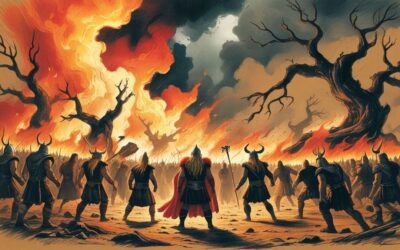
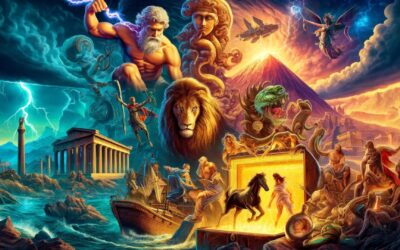

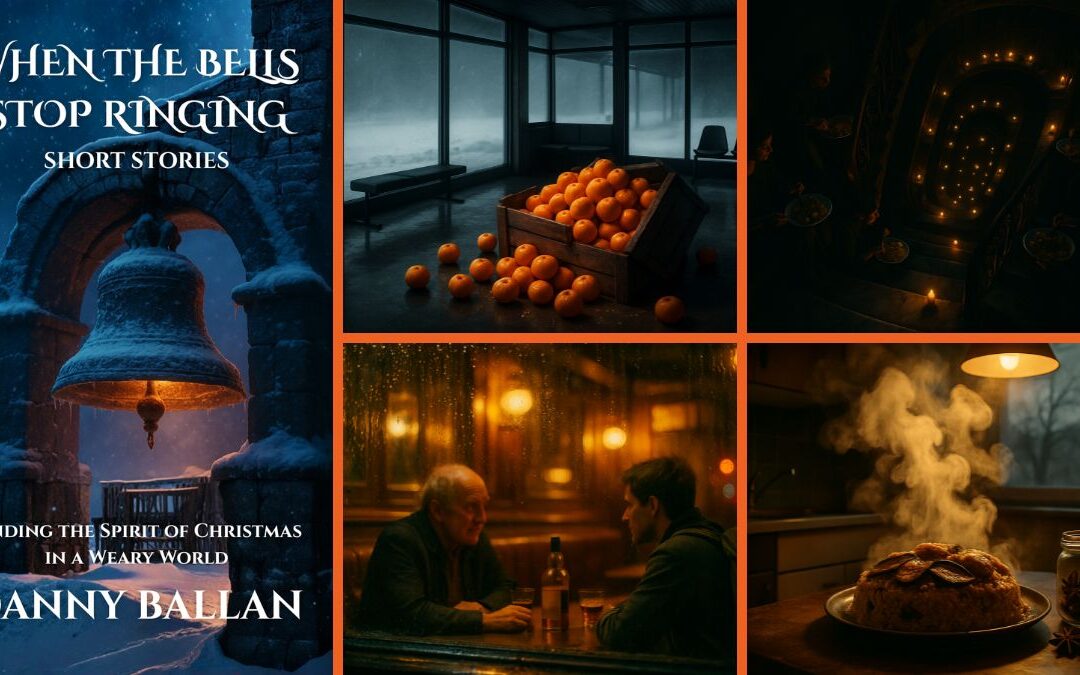
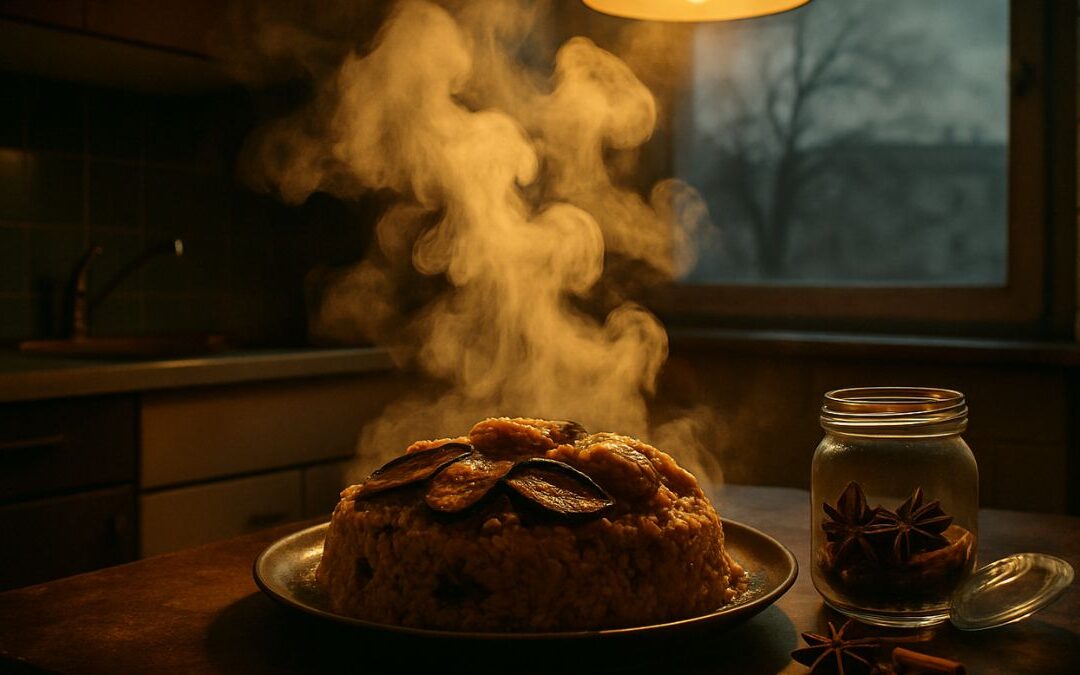

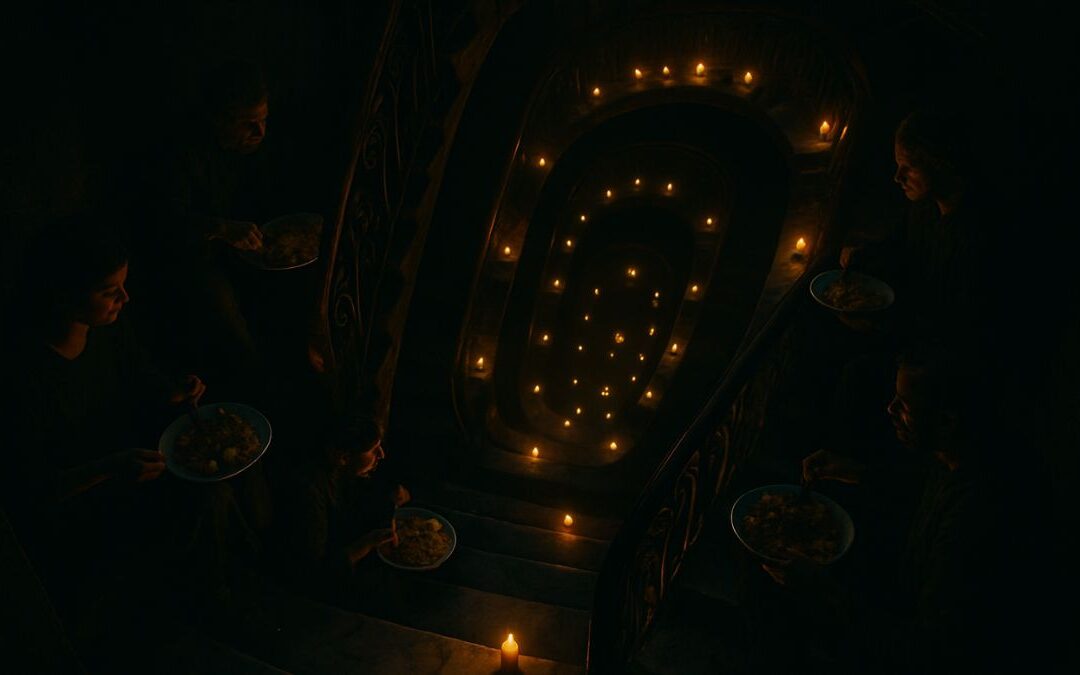
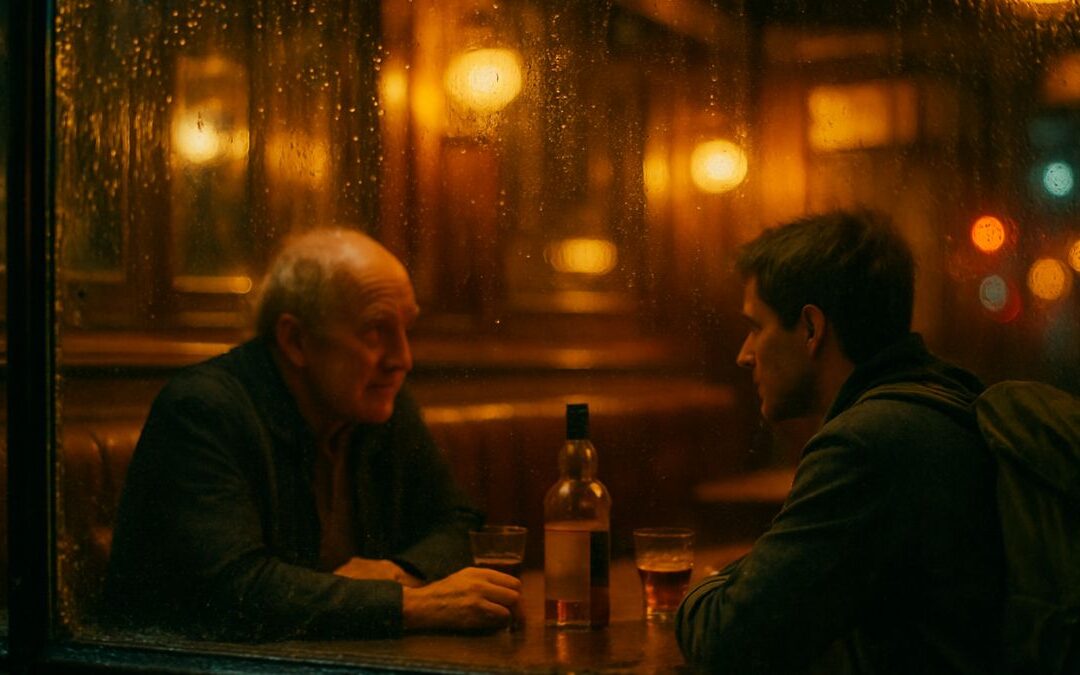

0 Comments